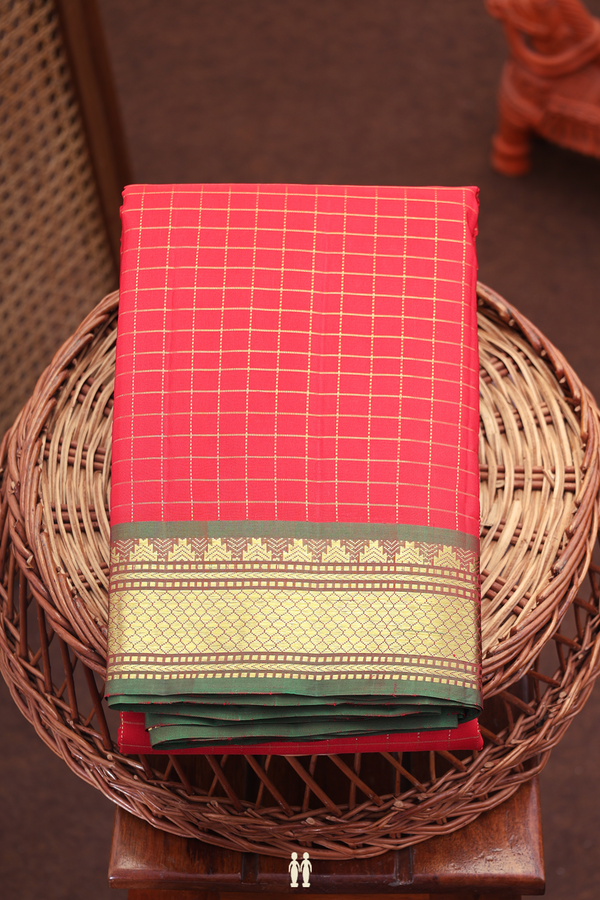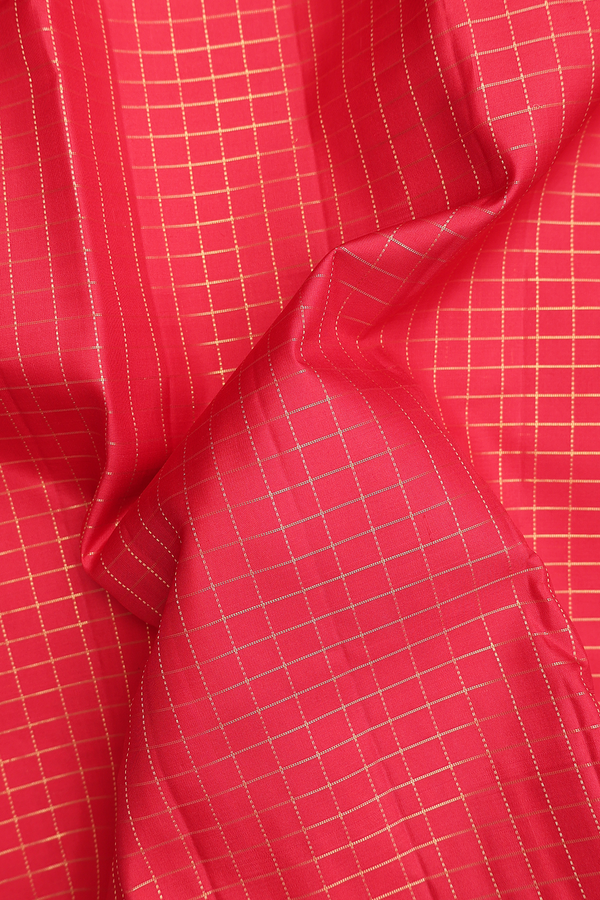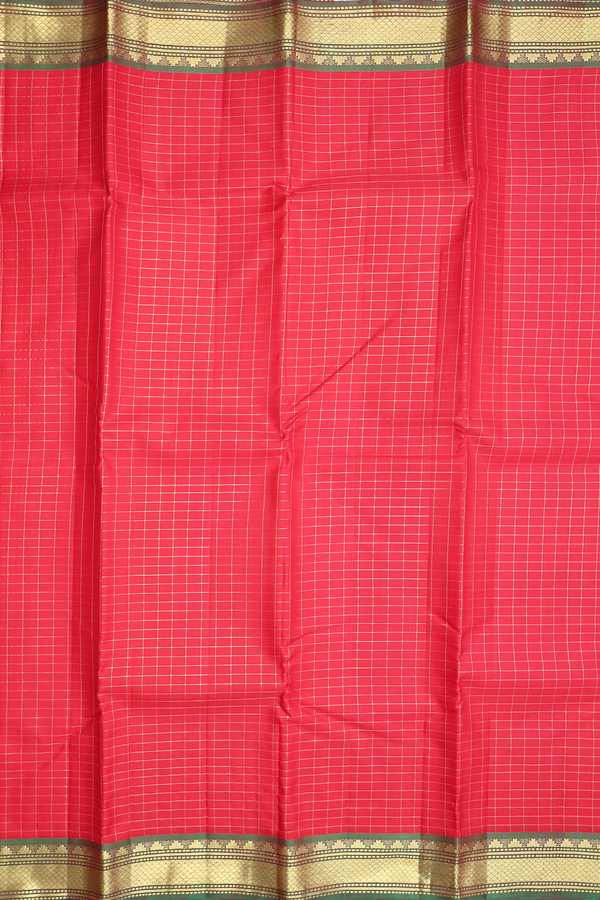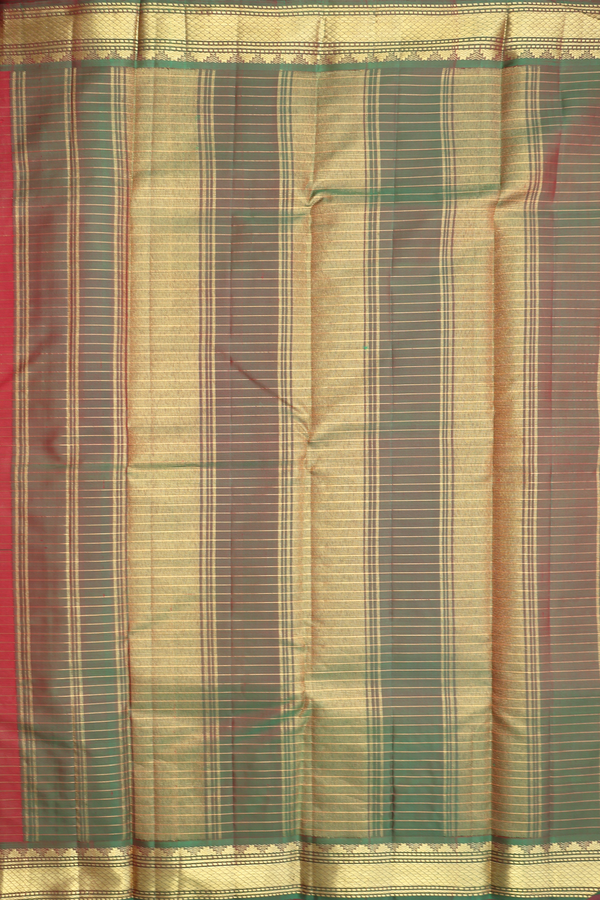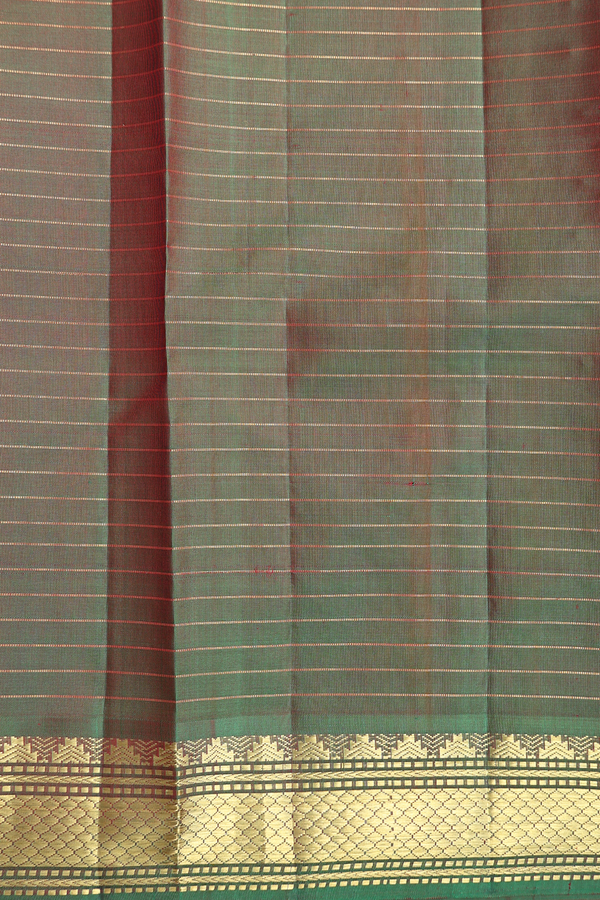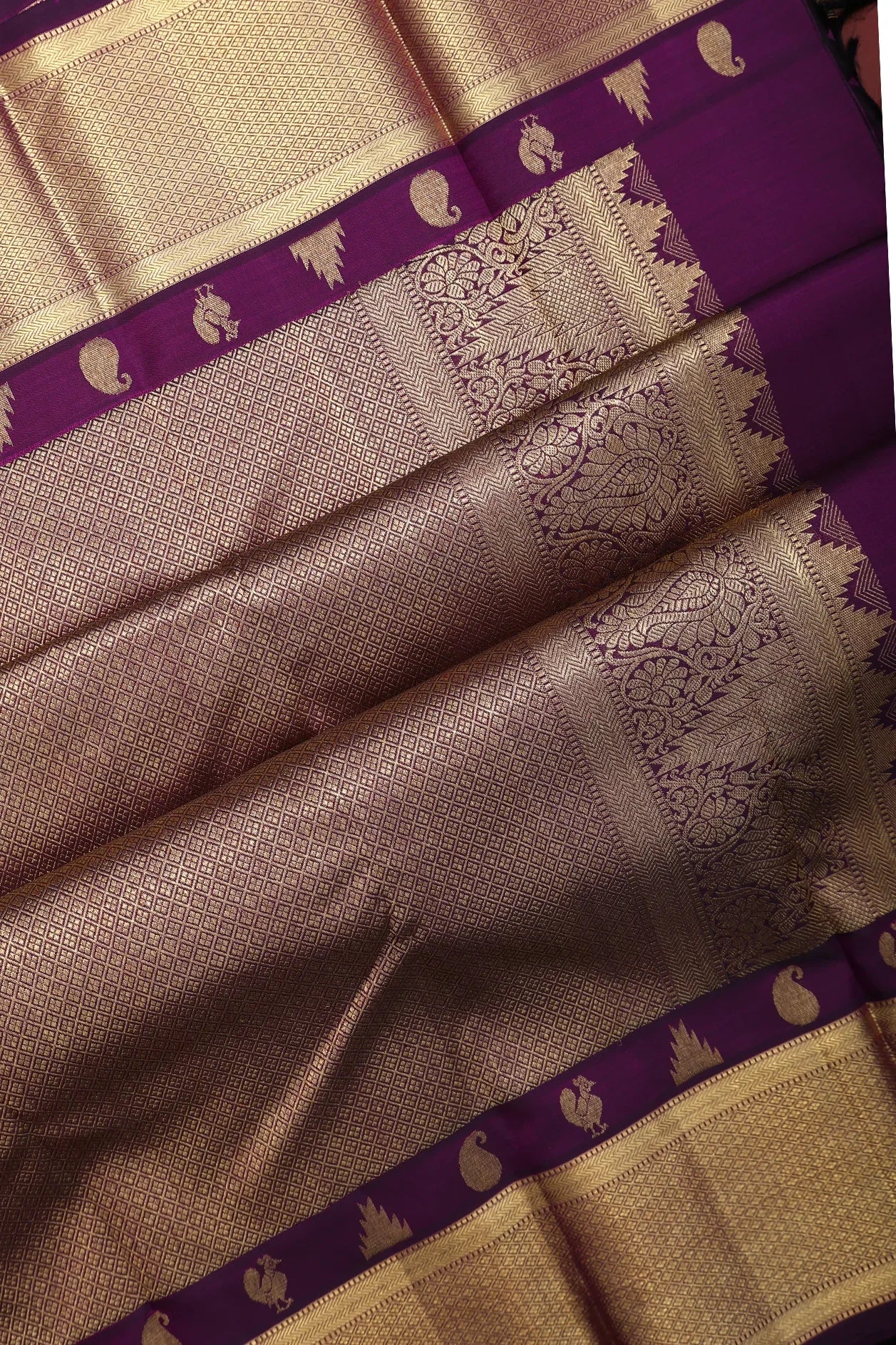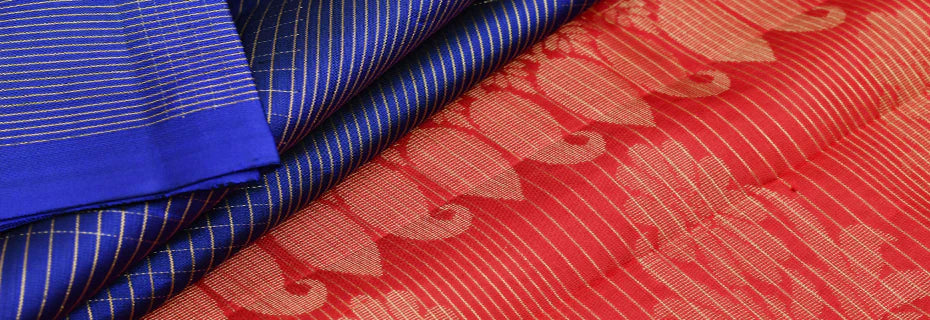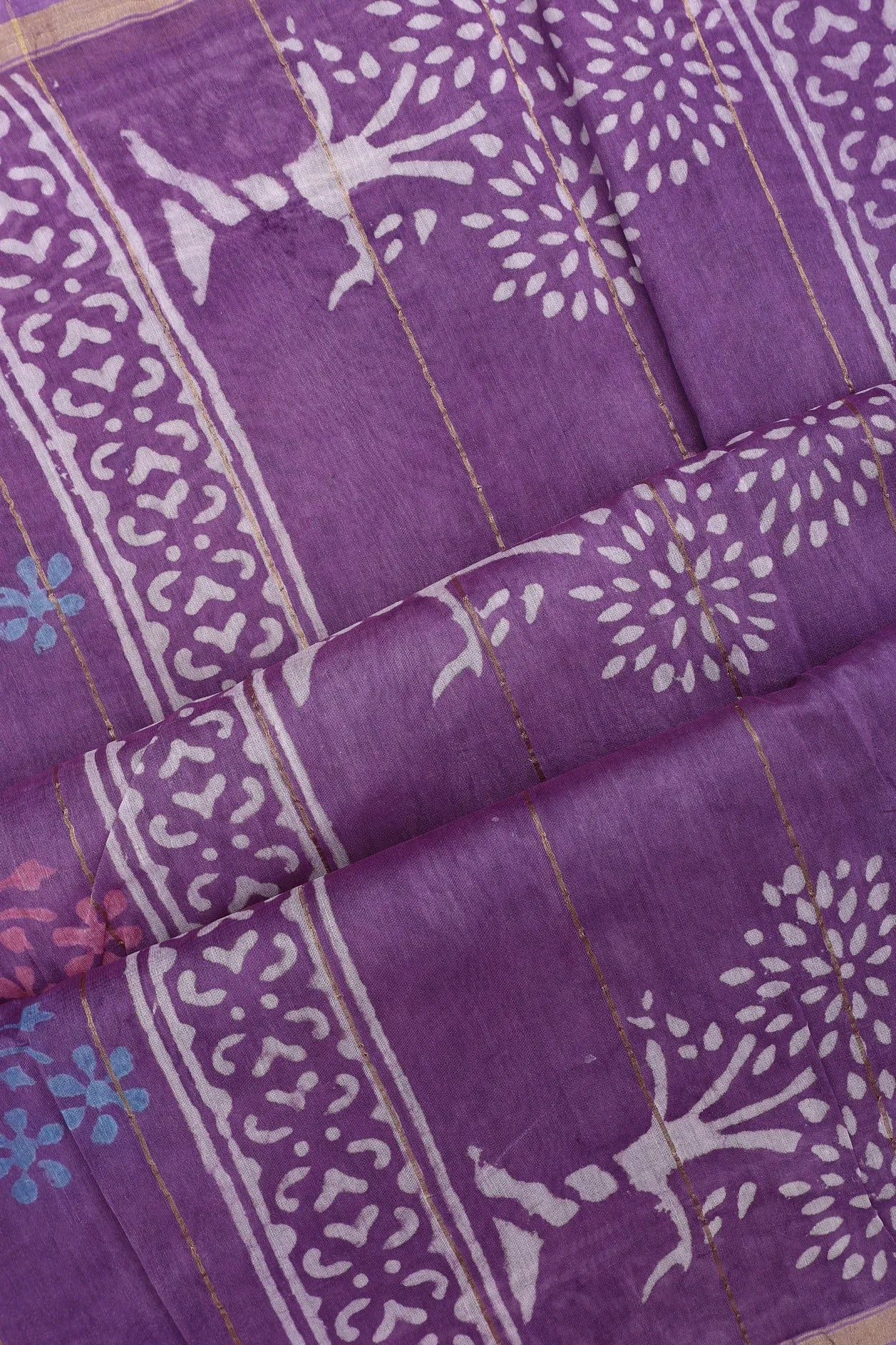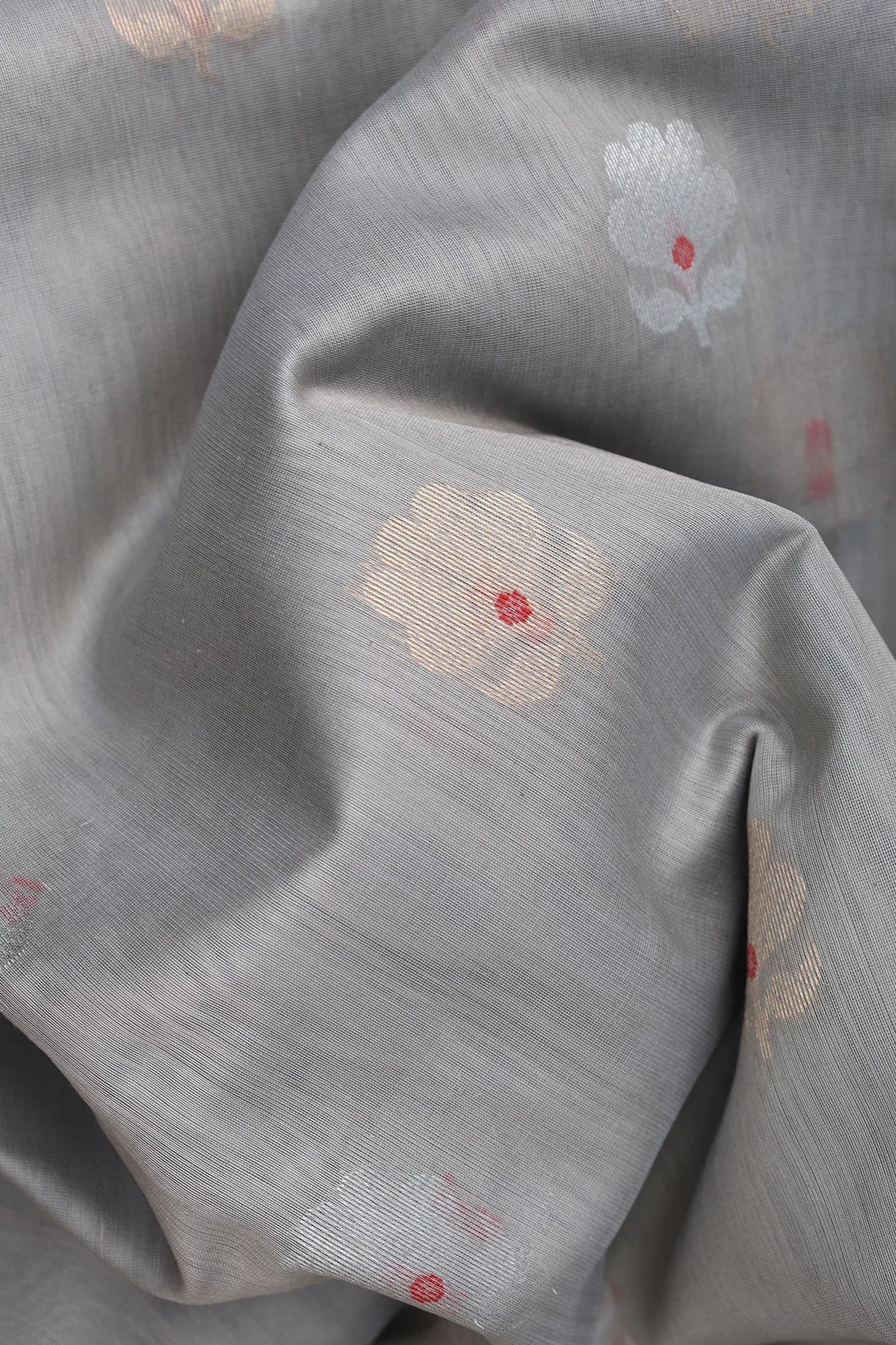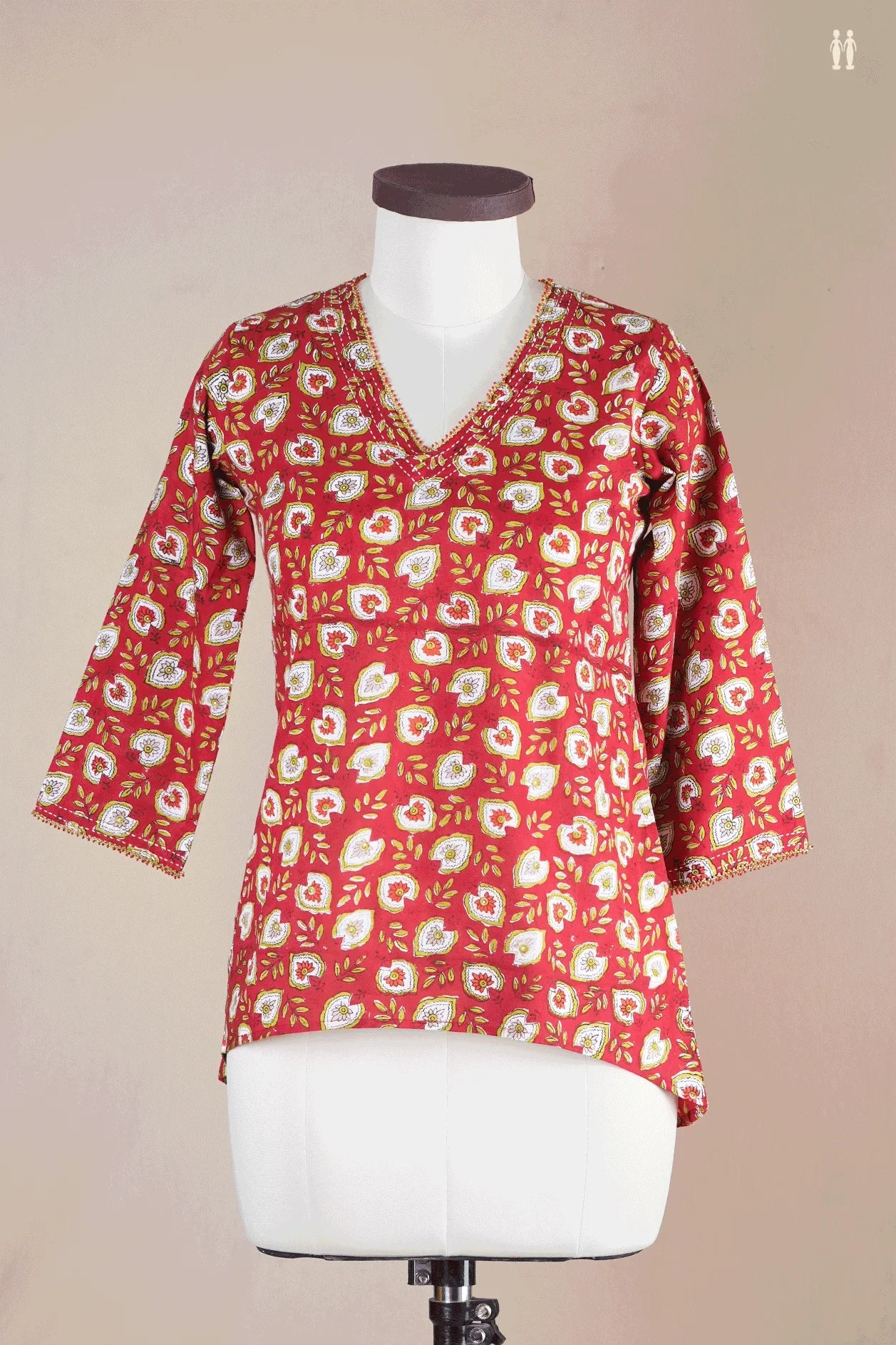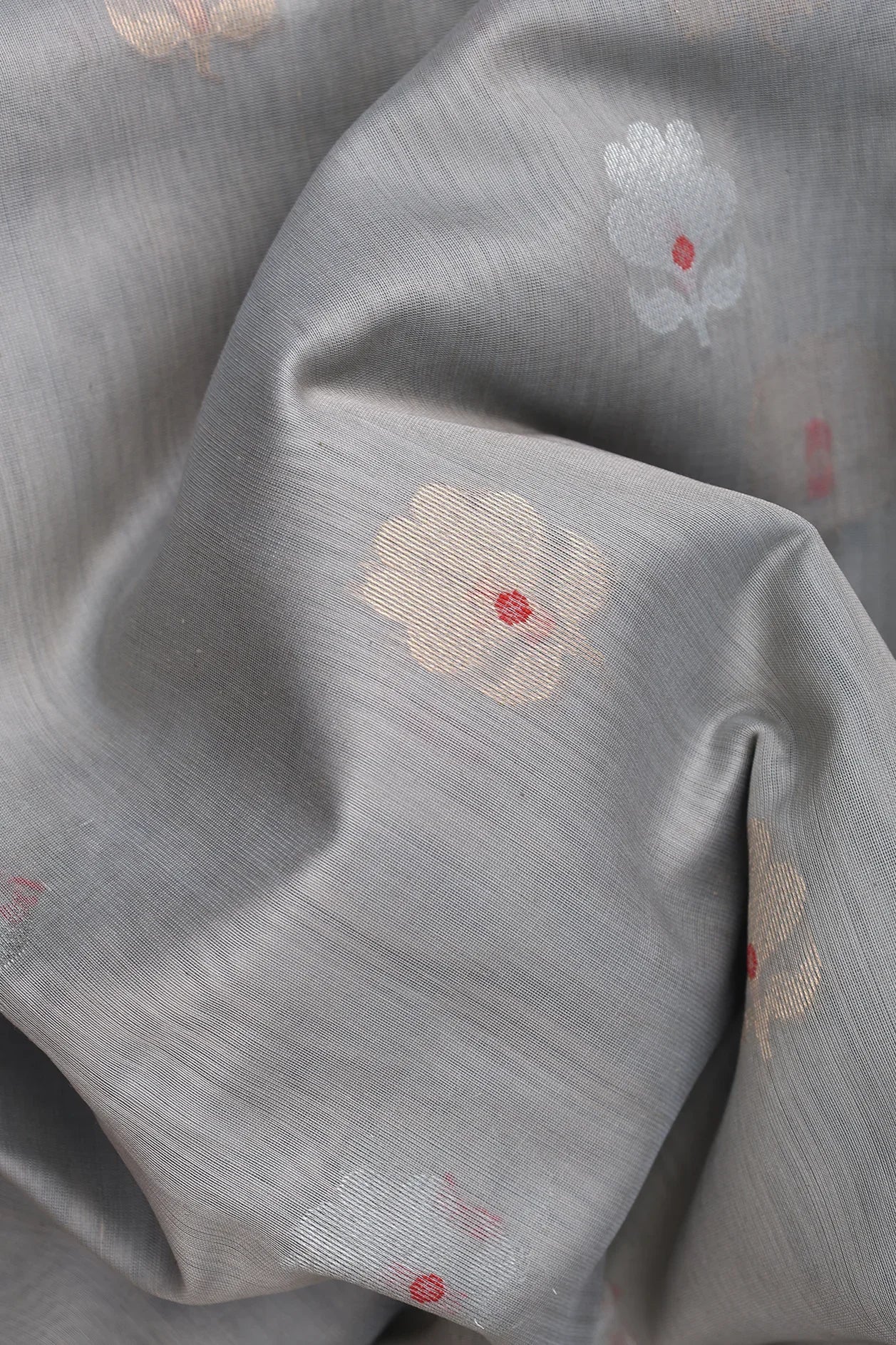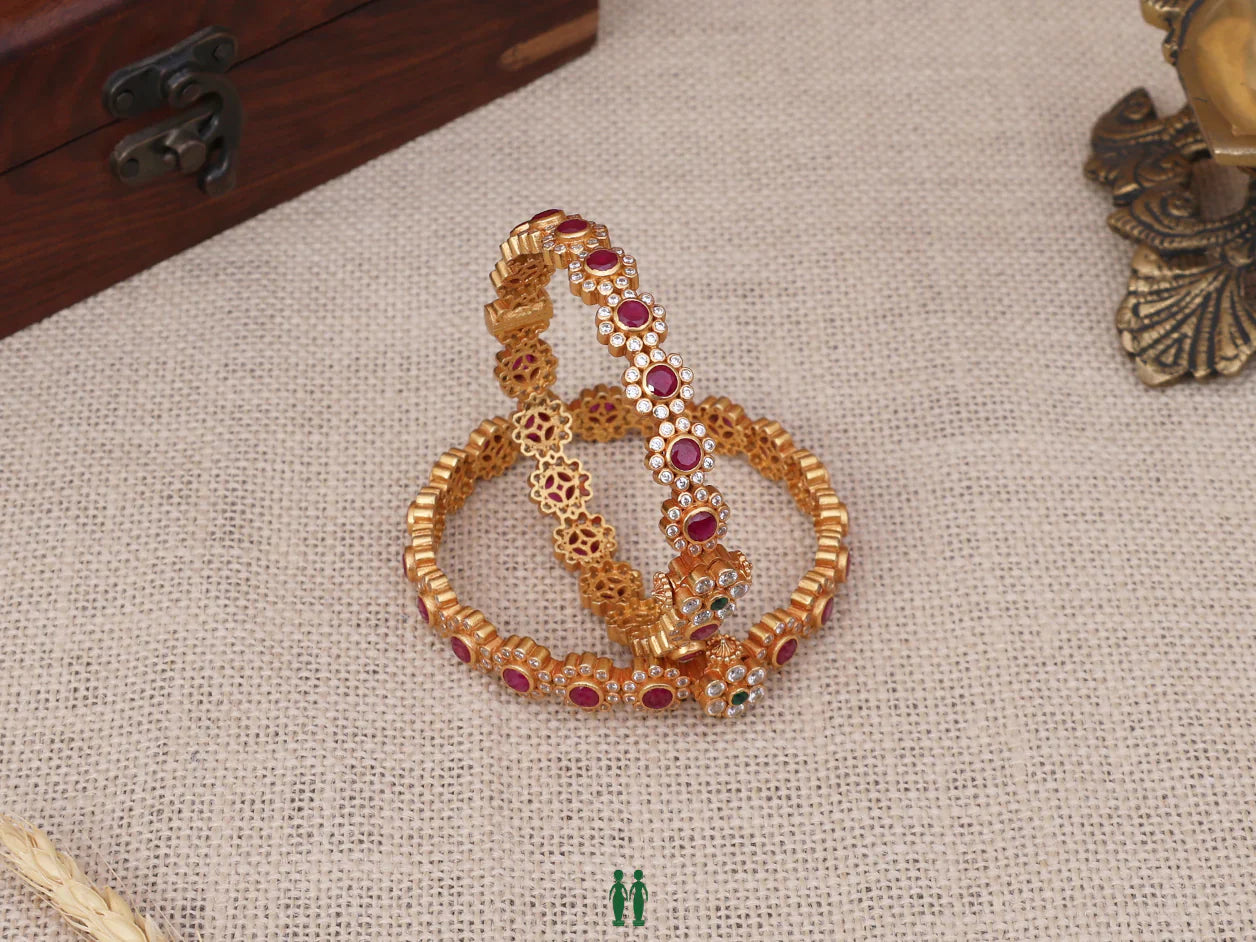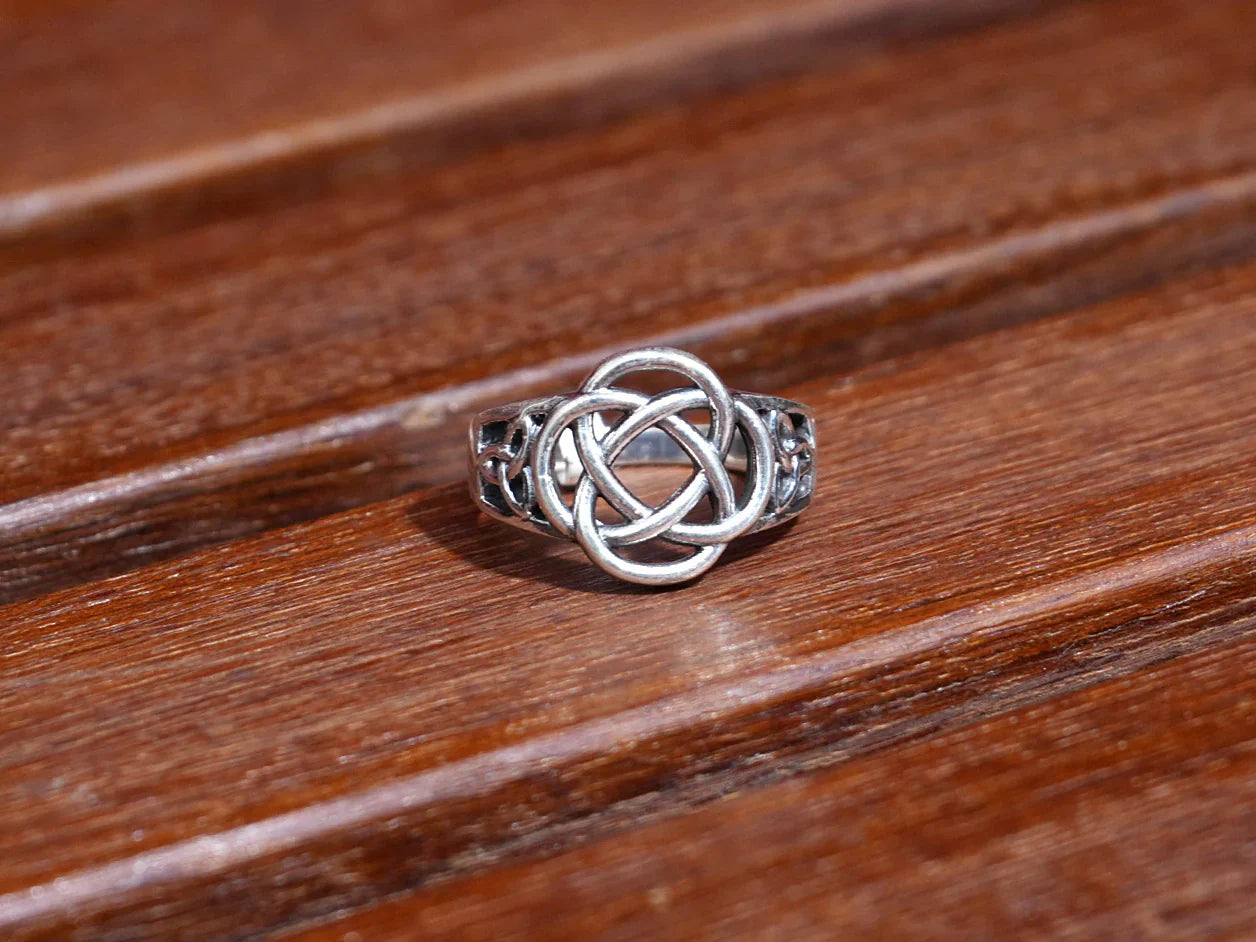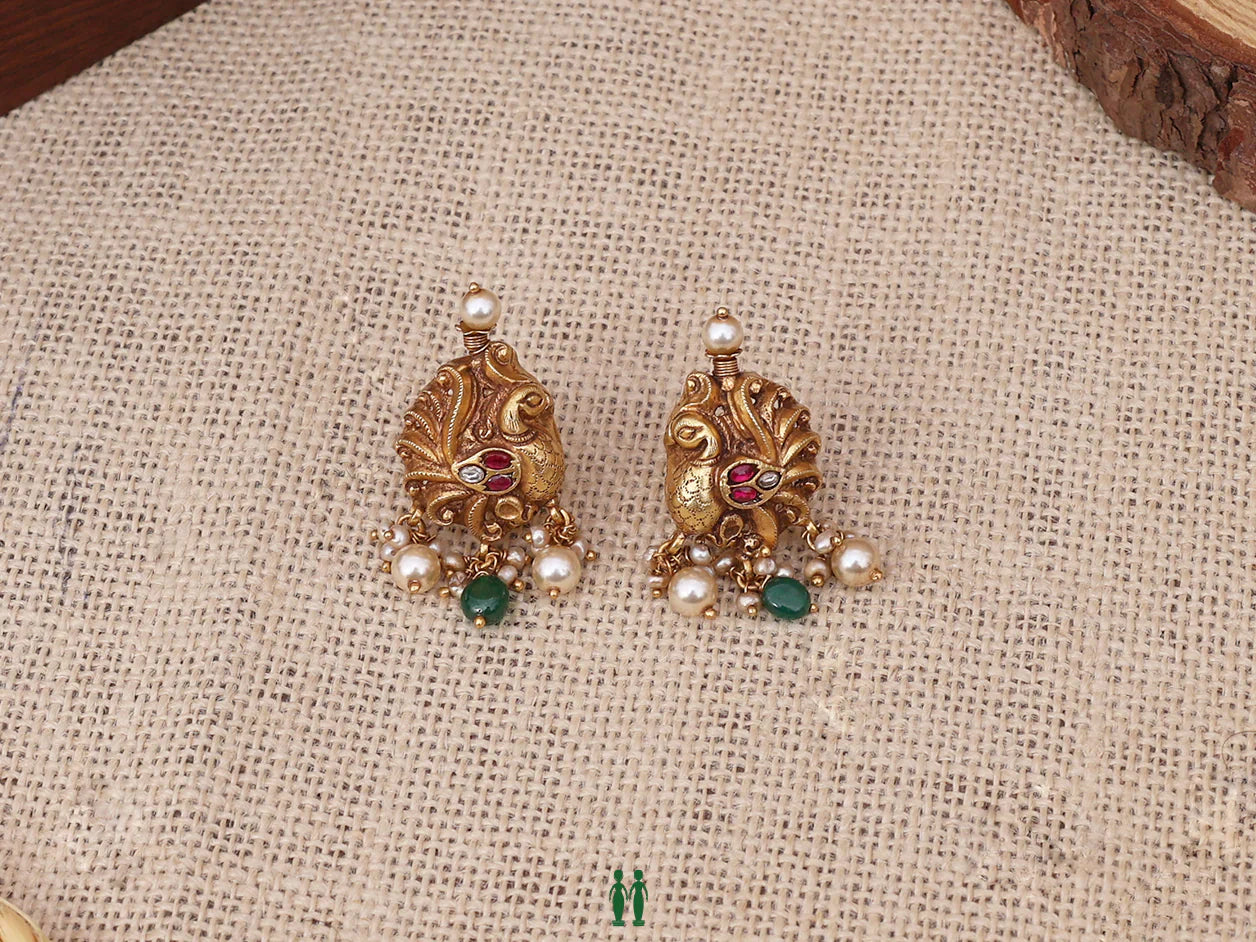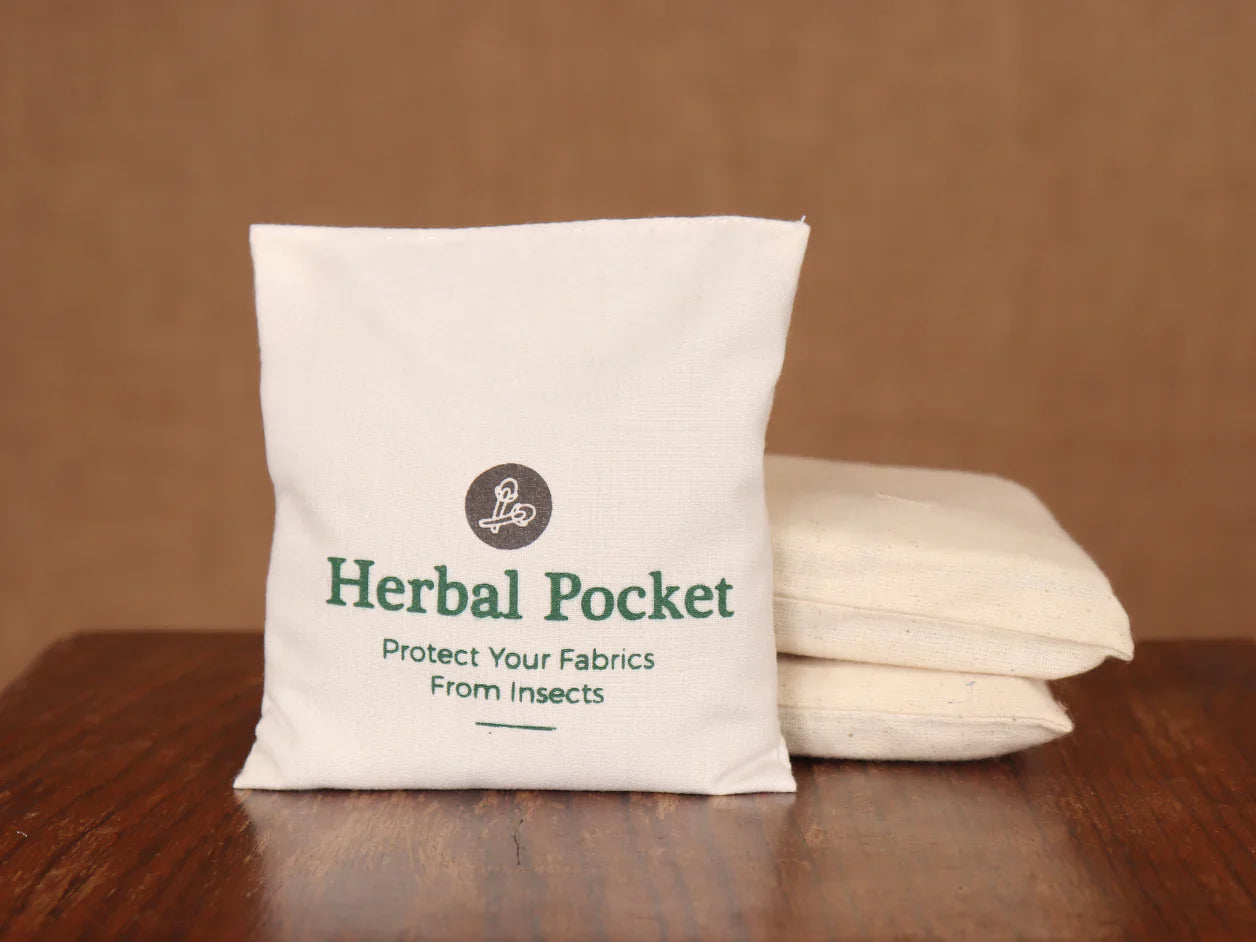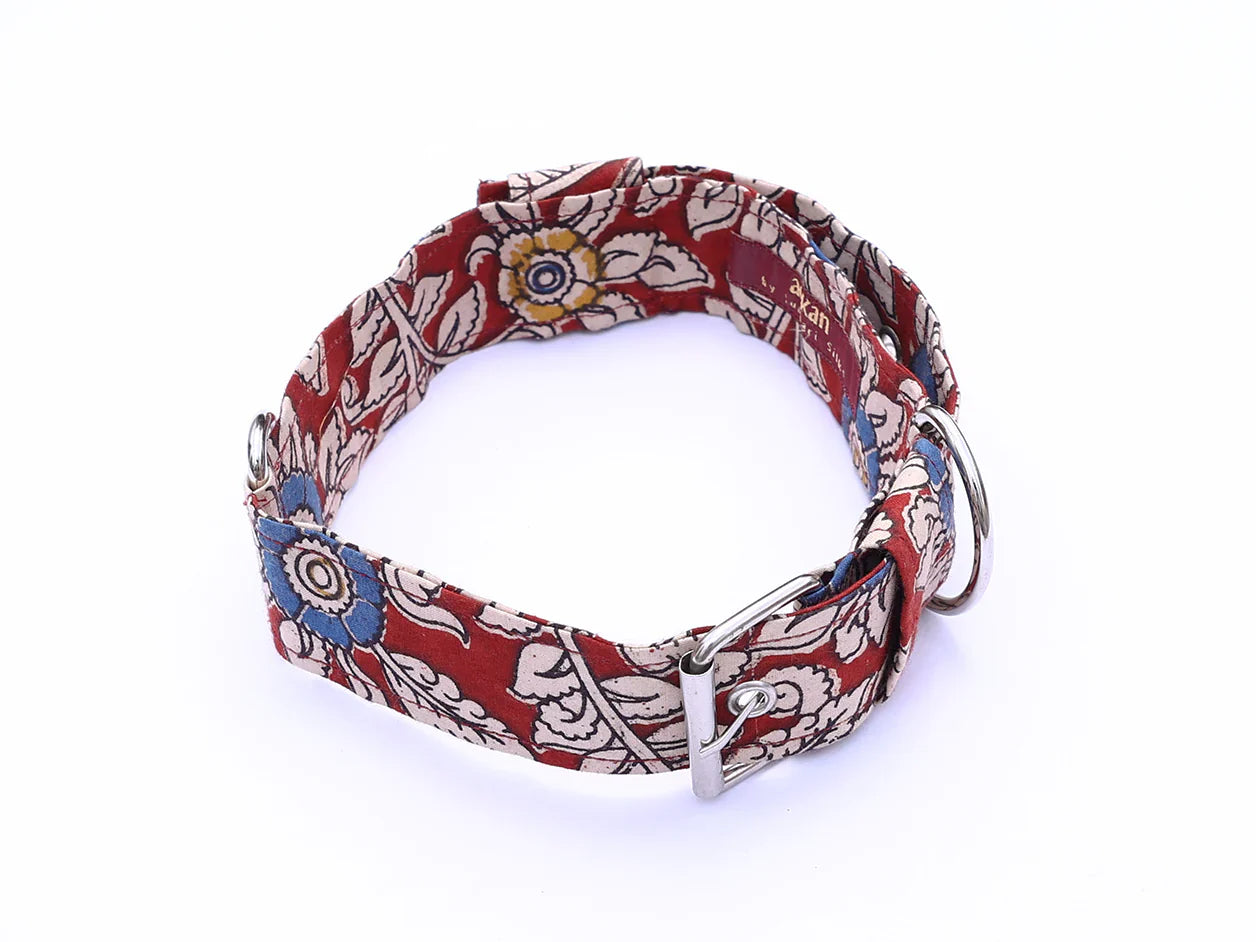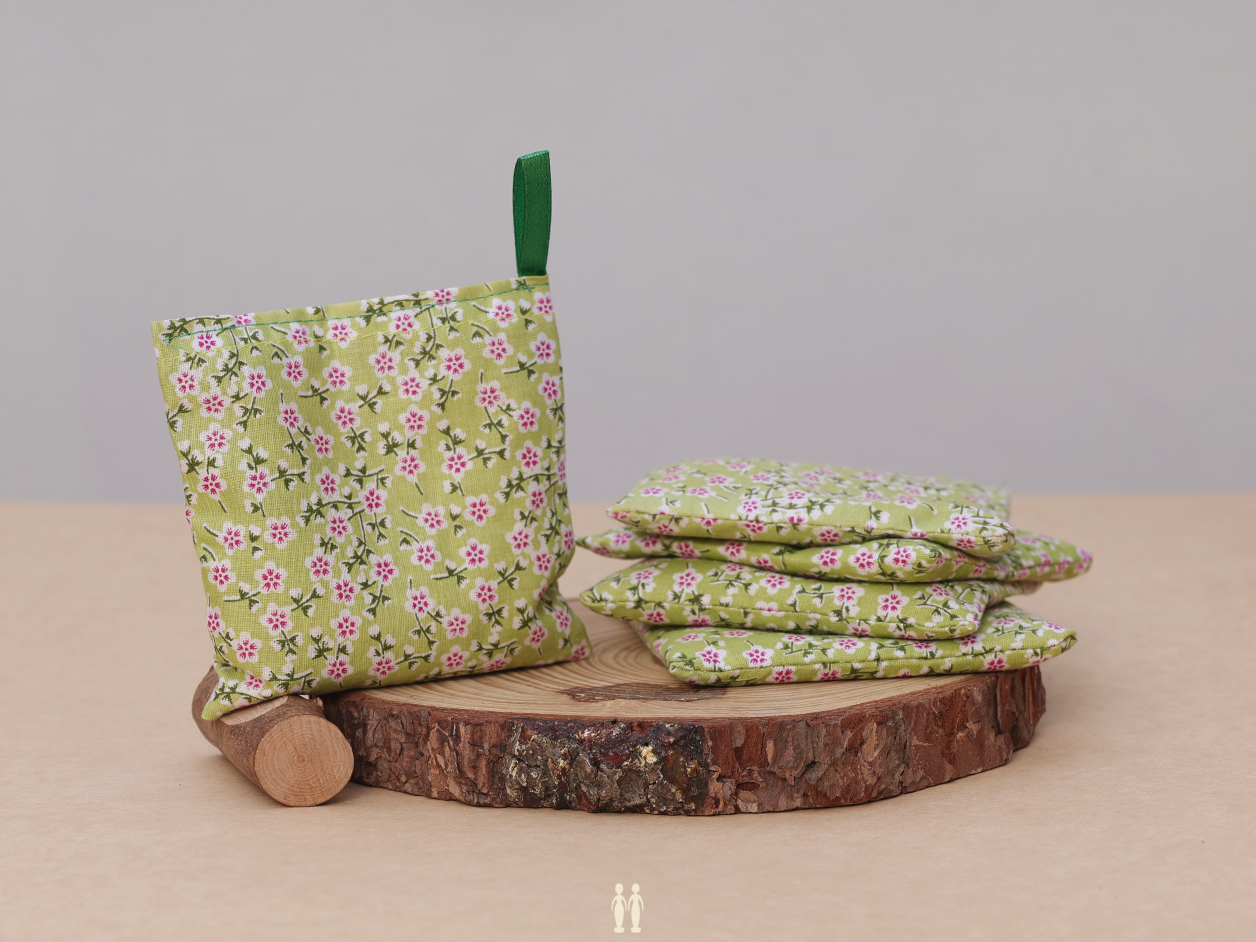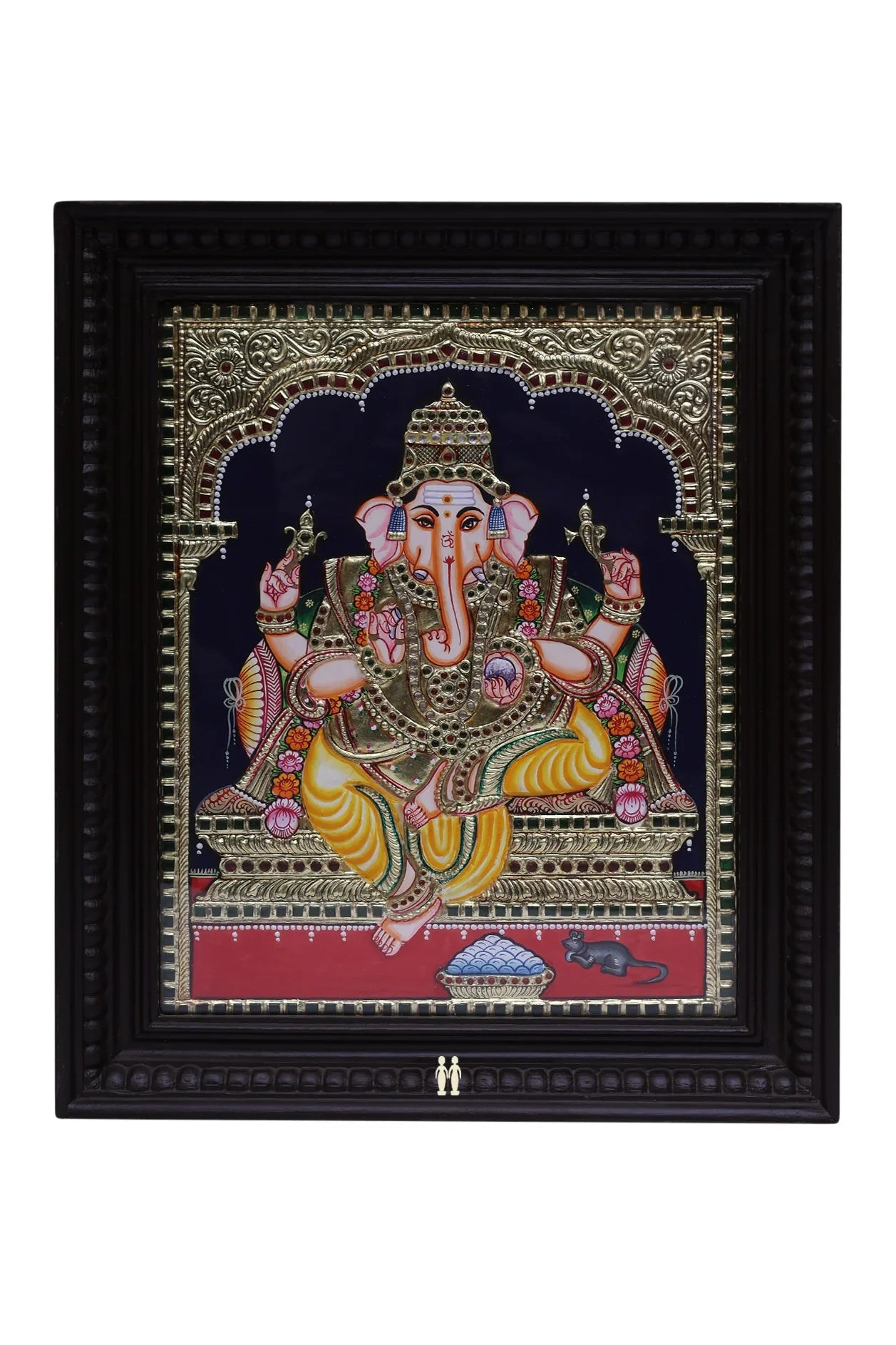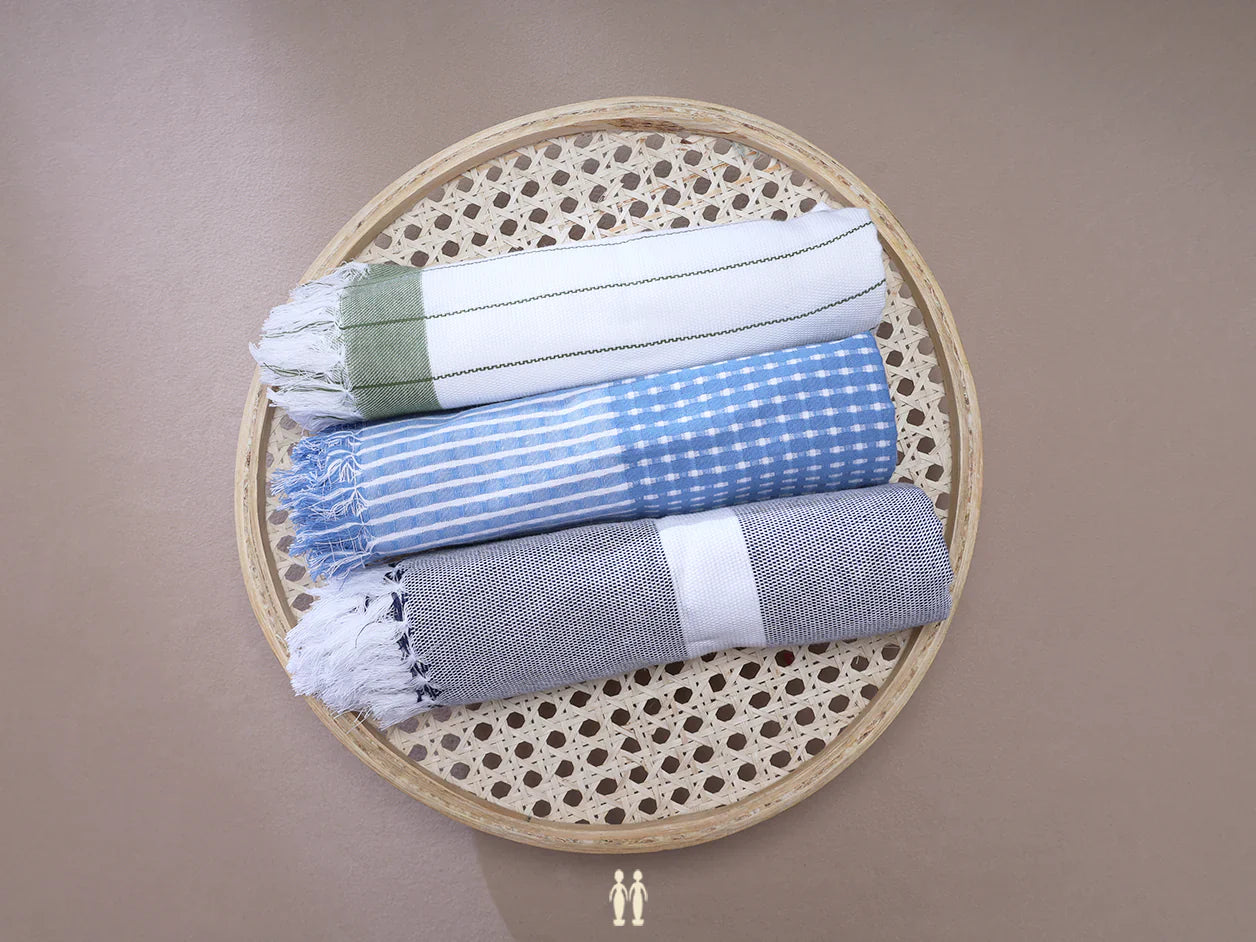Trending Products
CART
Cart is Empty!


Caring for your textiles
Caring for your textiles requires everyday maintenance. This week’s blog is dedicated especially to understand how to store your silk sarees.
Silks sarees have always been a personal treasure for women, be it a wedding saree or an heirloom handed down to them. Like all the things we love and care for, we need to spend some time to understand the basic structure of a silk saree, to conserve it well.
What is your silk saree made of?
1. The silk yarn or silk fibre which makes up your saree consists of a protein or a natural fibre. Just like how the human skin breathes, the natural fibres need to be aired out on a regular basis.
2. The “Mundhanai” or the “Pallu” of the saree has more zari content, and so extreme care has to be taken while folding the pallu portion of the saree.
3. Sometimes, you might have external embellishments like zari or sequin work or embroidery. For these add-ons, you have to be even more careful while maintaining it.
What factors might cause damage to your silk saree?
1. Natural fibres are susceptible to deterioration more because of their organic nature.
2. Environmental, as well as man-made factors, cause the most damage. For example excess light, humidity, dust and poor storage are the top reasons.
Quick tips to help you out -
1. An important factor in textile deterioration is the way we fold and store our sarees in the cupboards. Rolling up of the sarees decreases sharp creases and tears.
2. Acid-free cardboard or wooden rods could be used to roll up your silks. You can roll up two or three sarees together, and keep it covered with a soft muslin cloth or old cotton saree to keep dust away.
3. If you stack up the sarees in cupboards, change the fold creases regularly to reduce tearing on the folds.
4. Always store silk sarees in a cool space, away from direct sunlight.
5. If you have Kalamkari or hand-painted silk sarees, make sure that you fold your saree inside out. This way the handworked designs last longer.
6. Avoid using plastic bags, especially for heavy zari work pallu silks, which leads to discolouration. Rolling up these sarees in old veshtis, dupattas, soft cotton cloth or muslin bags will be the best option. This, in turn, helps to ward off moisture and damages due to light as well.
7. Instead of using newspapers underneath your sarees as a storage base in your cupboards, use acid-free sheets. Acid-free tissue papers can also be used in between sarees to segregate them, especially when stacking up vintage silks.
8. Make sure to remove the papers kept inside the saree folds when you receive it from dry cleaning.
9. Insects are drawn towards natural fabric always. Their excreta is high on acidity and this causes damage to the fabric. One of the best organic insect repellants is neem leaves.
10. While using dried neem leaves, make sure that you store them in a cotton pouch avoiding direct contact with the fabric. The same theory applies if are using mothballs.
DIY Natural insect repellent powder
1. Sweet flag (vasambu in Tamil) - 1
2. Cinnamon - 1
3. Black cumin - 1
4. Pepper - 1/4
5. Cloves - 1/4
6. Camphor - a pinch
7. Vetiver - a handful
Caring for your textiles requires everyday maintenance. This week’s blog is dedicated especially to understand how to store your silk sarees.
Silks sarees have always been a personal treasure for women, be it a wedding saree or an heirloom handed down to them. Like all the things we love and care for, we need to spend some time to understand the basic structure of a silk saree, to conserve it well.
What is your silk saree made of?
1. The silk yarn or silk fibre which makes up your saree consists of a protein or a natural fibre. Just like how the human skin breathes, the natural fibres need to be aired out on a regular basis.
2. The “Mundhanai” or the “Pallu” of the saree has more zari content, and so extreme care has to be taken while folding the pallu portion of the saree.
3. Sometimes, you might have external embellishments like zari or sequin work or embroidery. For these add-ons, you have to be even more careful while maintaining it.
What factors might cause damage to your silk saree?
1. Natural fibres are susceptible to deterioration more because of their organic nature.
2. Environmental, as well as man-made factors, cause the most damage. For example excess light, humidity, dust and poor storage are the top reasons.
Quick tips to help you out -
1. An important factor in textile deterioration is the way we fold and store our sarees in the cupboards. Rolling up of the sarees decreases sharp creases and tears.
2. Acid-free cardboard or wooden rods could be used to roll up your silks. You can roll up two or three sarees together, and keep it covered with a soft muslin cloth or old cotton saree to keep dust away.
3. If you stack up the sarees in cupboards, change the fold creases regularly to reduce tearing on the folds.
4. Always store silk sarees in a cool space, away from direct sunlight.
5. If you have Kalamkari or hand-painted silk sarees, make sure that you fold your saree inside out. This way the handworked designs last longer.
6. Avoid using plastic bags, especially for heavy zari work pallu silks, which leads to discolouration. Rolling up these sarees in old veshtis, dupattas, soft cotton cloth or muslin bags will be the best option. This, in turn, helps to ward off moisture and damages due to light as well.
7. Instead of using newspapers underneath your sarees as a storage base in your cupboards, use acid-free sheets. Acid-free tissue papers can also be used in between sarees to segregate them, especially when stacking up vintage silks.
8. Make sure to remove the papers kept inside the saree folds when you receive it from dry cleaning.
9. Insects are drawn towards natural fabric always. Their excreta is high on acidity and this causes damage to the fabric. One of the best organic insect repellants is neem leaves.
10. While using dried neem leaves, make sure that you store them in a cotton pouch avoiding direct contact with the fabric. The same theory applies if are using mothballs.
DIY Natural insect repellent powder
1. Sweet flag (vasambu in Tamil) - 1
2. Cinnamon - 1
3. Black cumin - 1
4. Pepper - 1/4
5. Cloves - 1/4
6. Camphor - a pinch
7. Vetiver - a handful
Our Famous Articles

Our Famous Articles
Marappachi bommai
Marapachi Bommai: Heirlooms of Heritage In many South Indian homes,...
Your Ultimate Summer Wardrobe Destination
At Sundari Silks, we believe that the essence of summer...
Threads of Love: A Collection for Her & Him
What is the Meaning of Love? Love is found in...


GET ON THE LIST
Perks include 5% off your first online order at Sundari Silks. Be the first to know about new collections, store launches, sales and much more!





